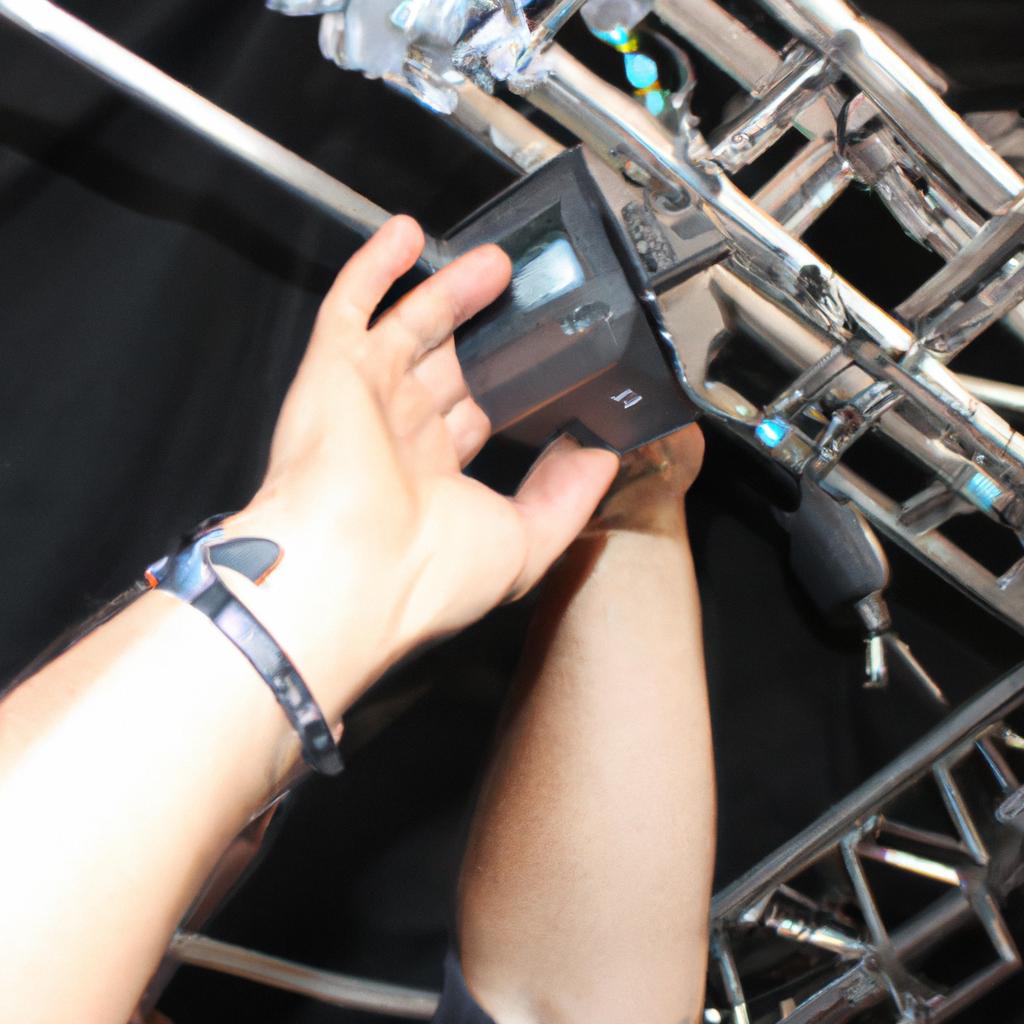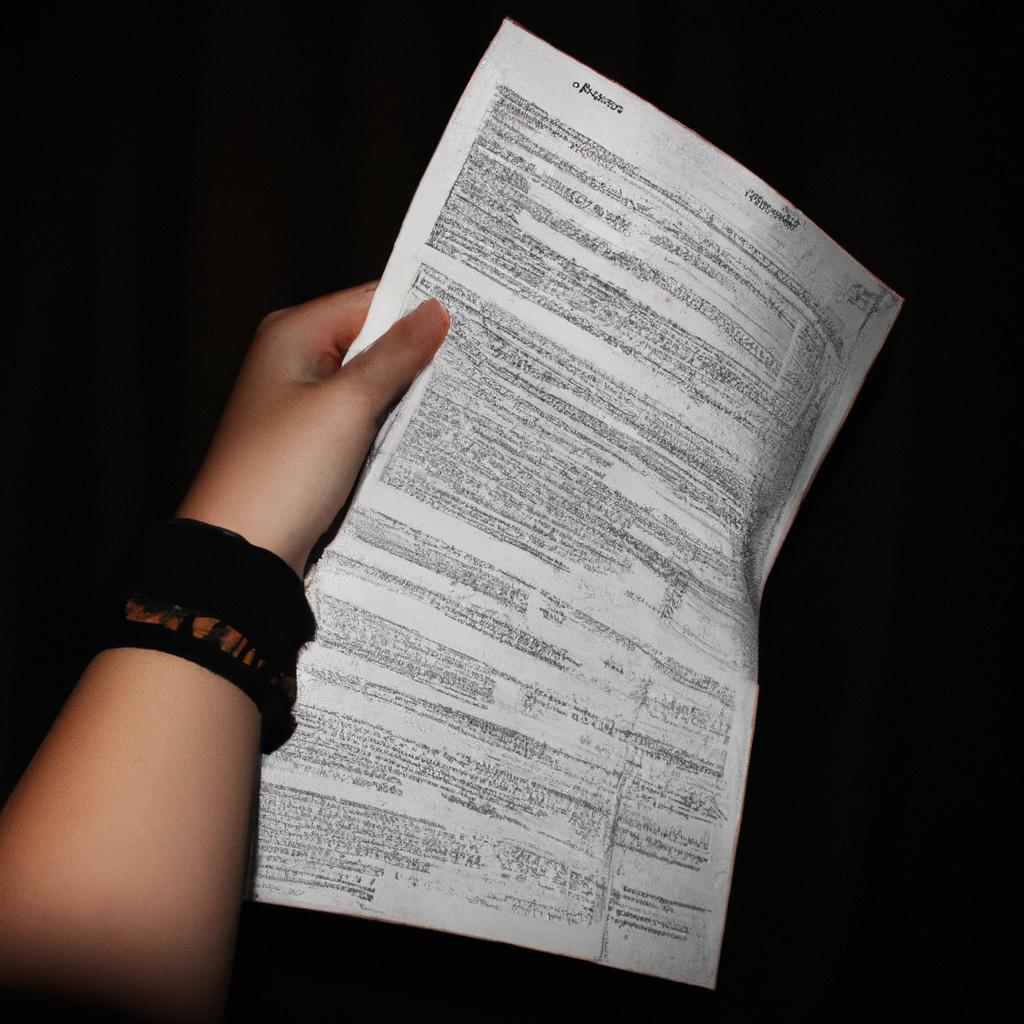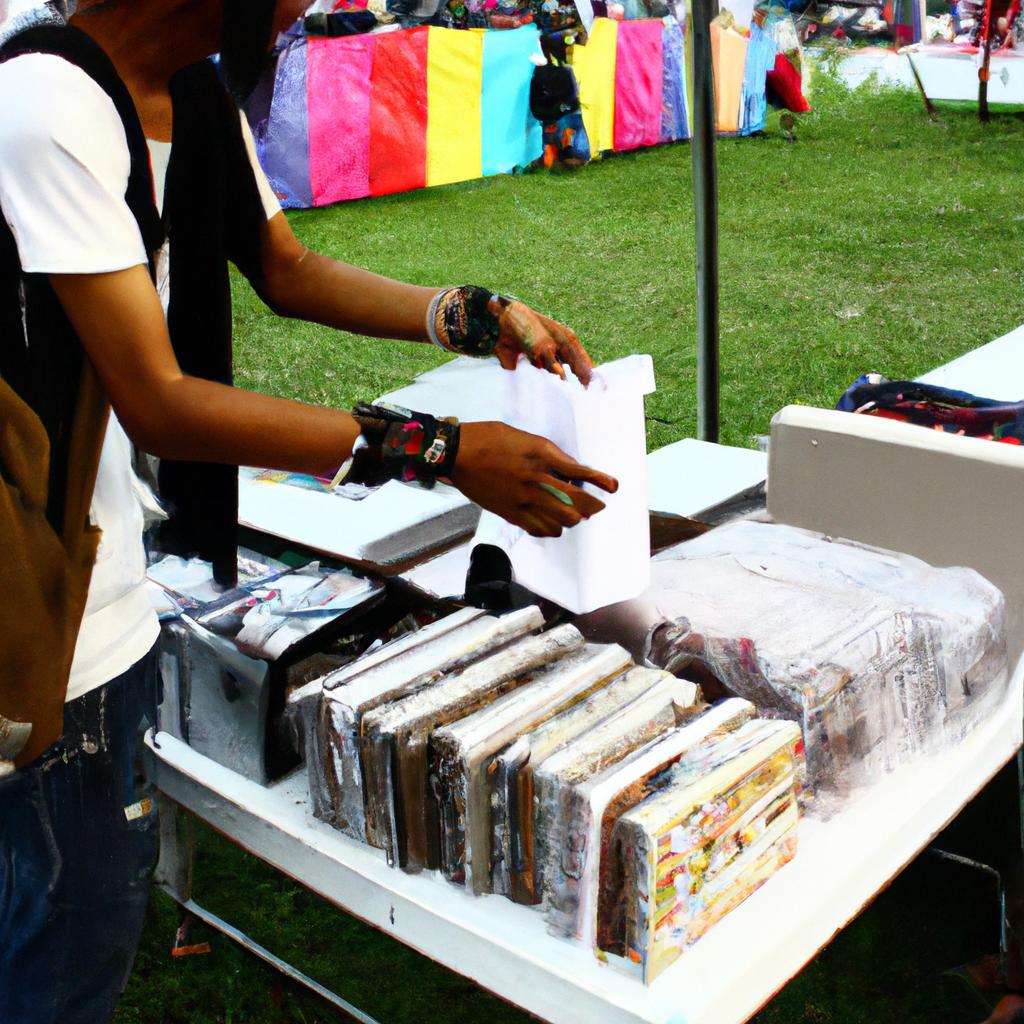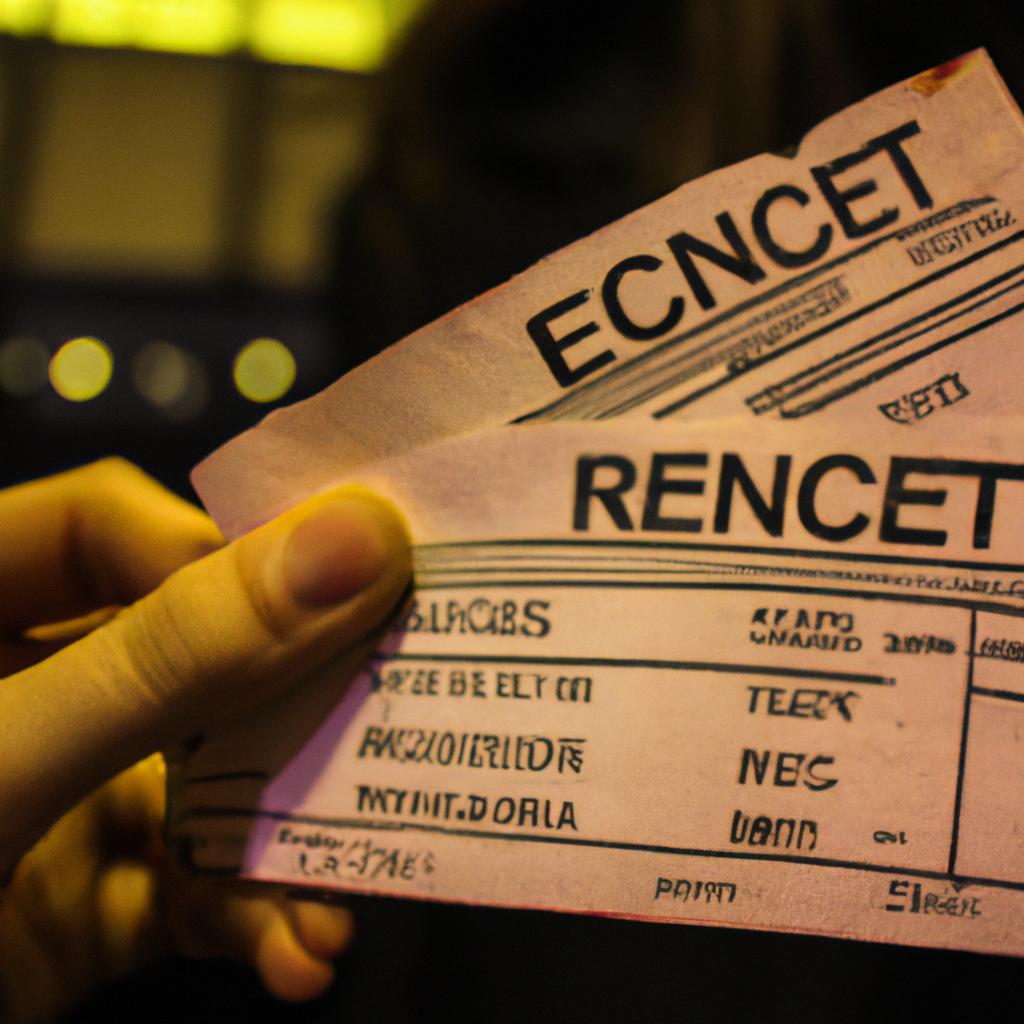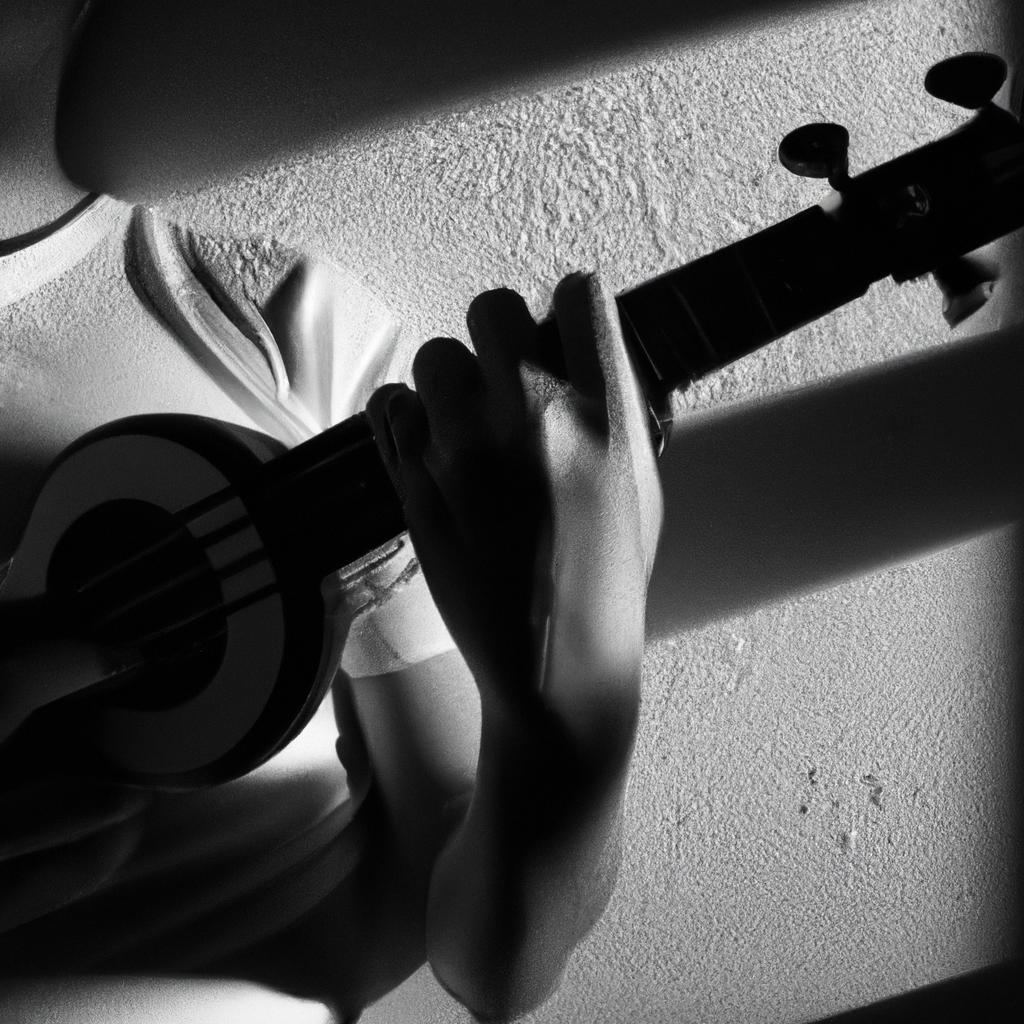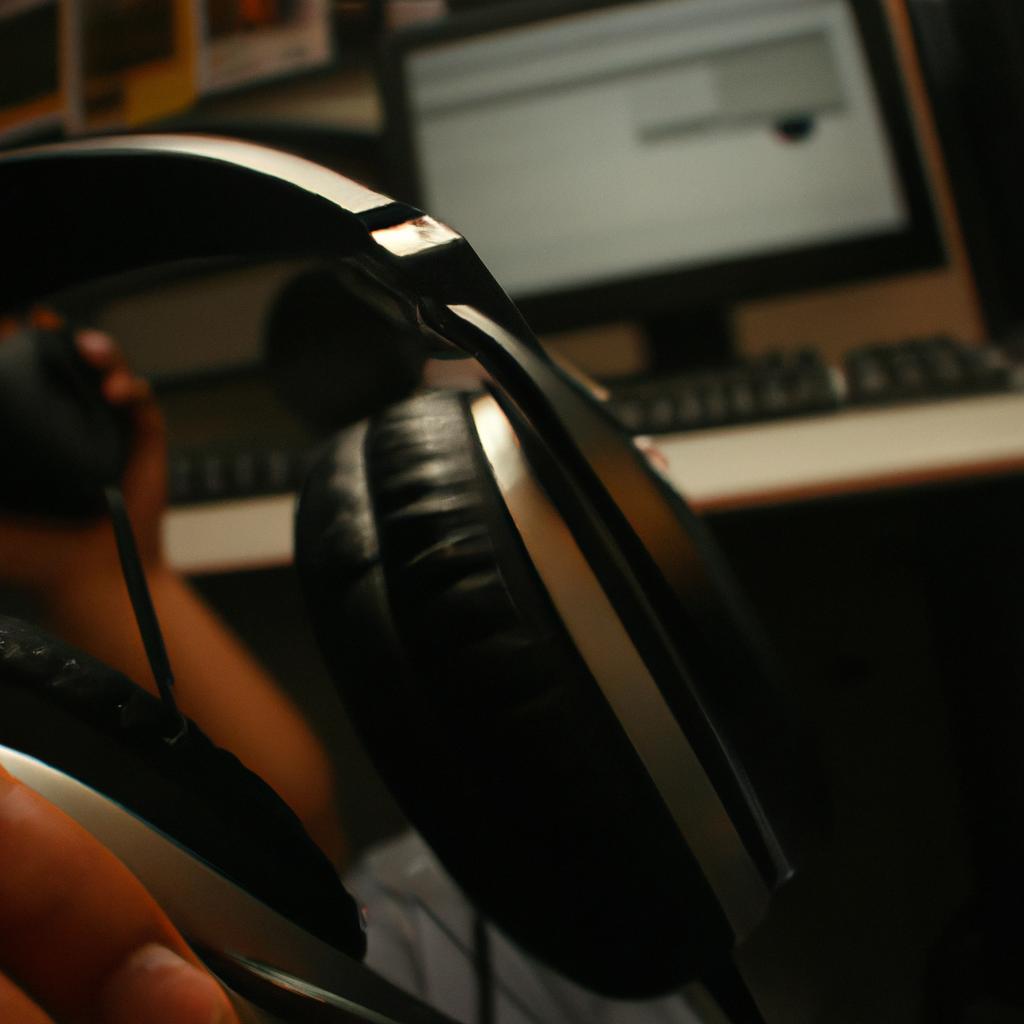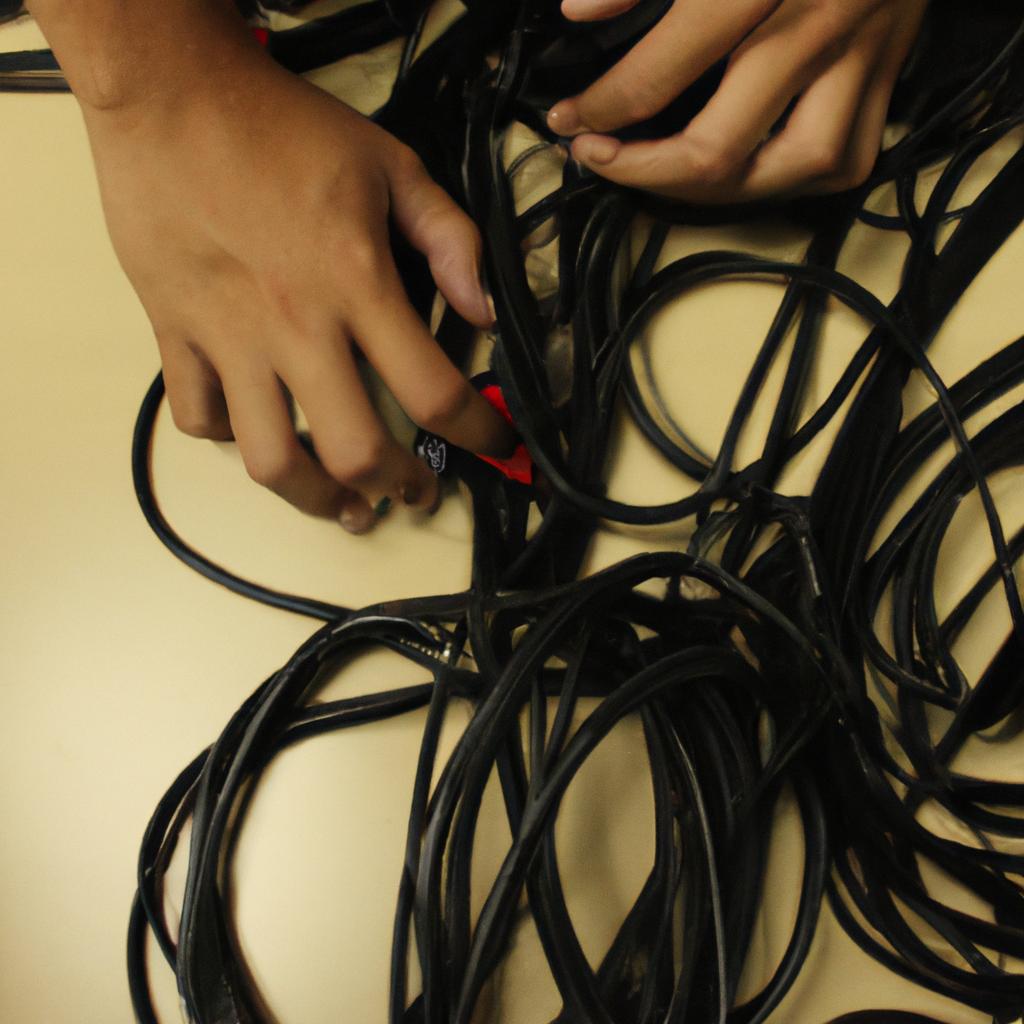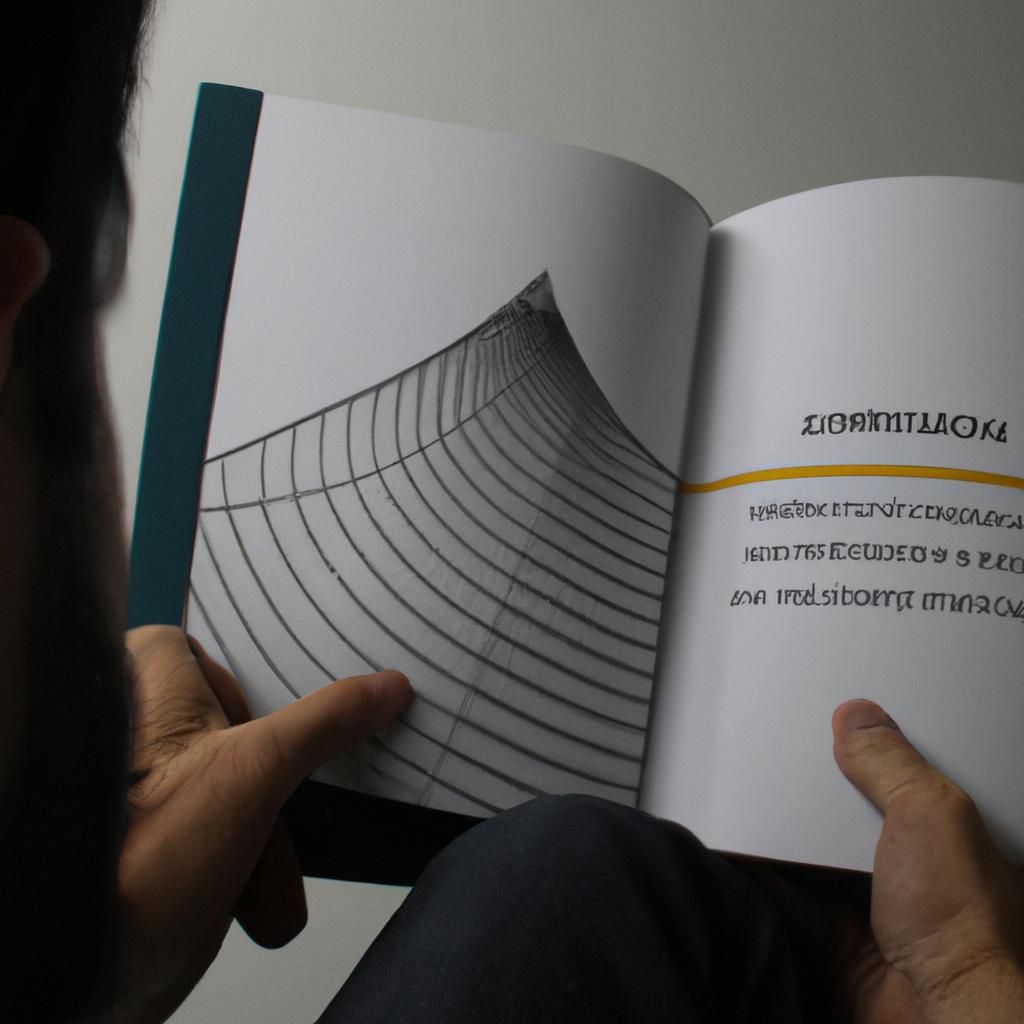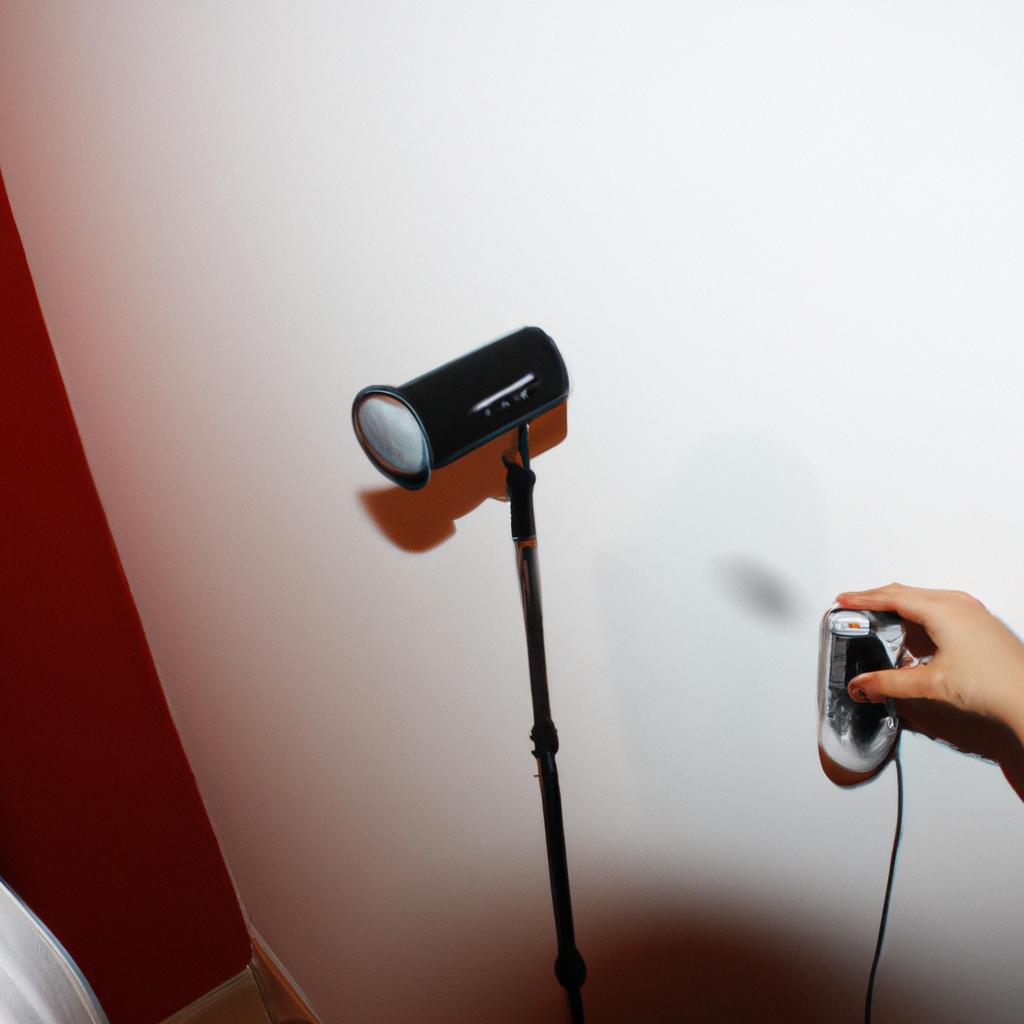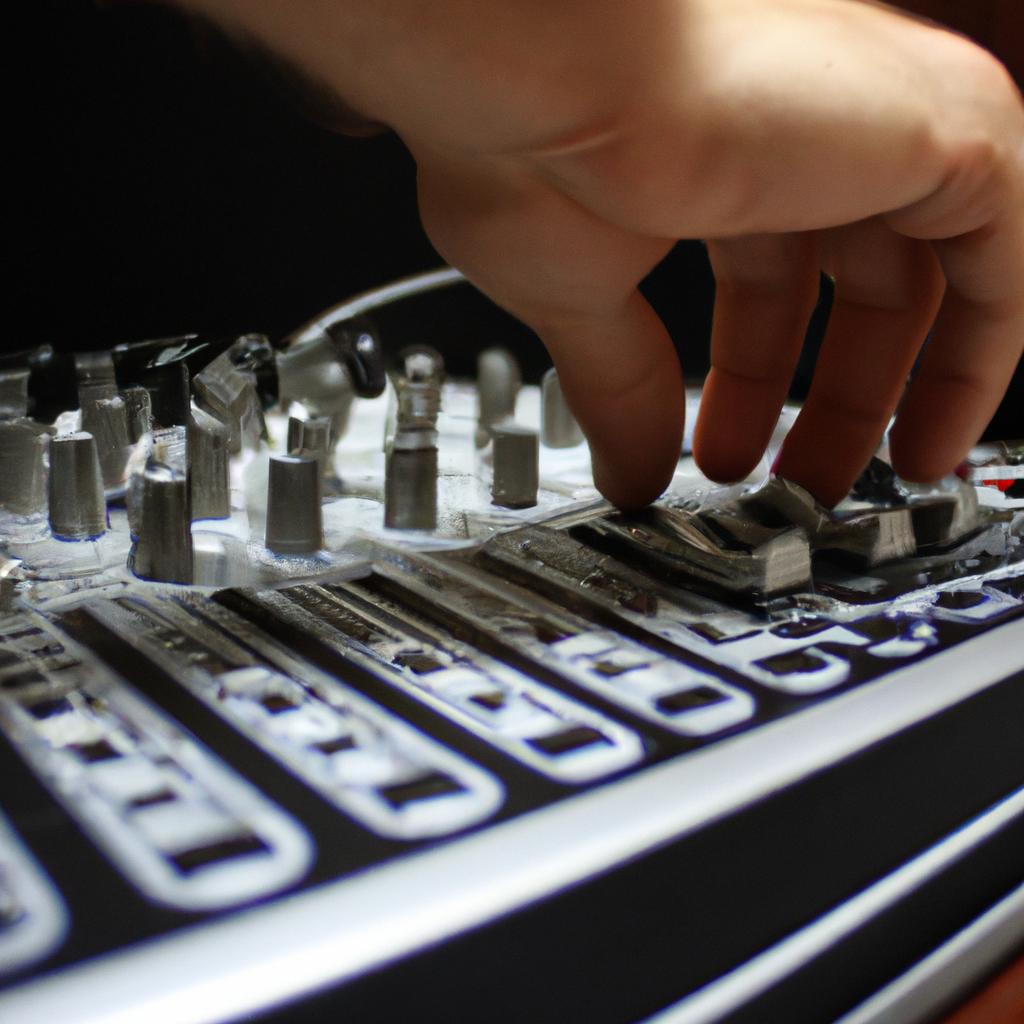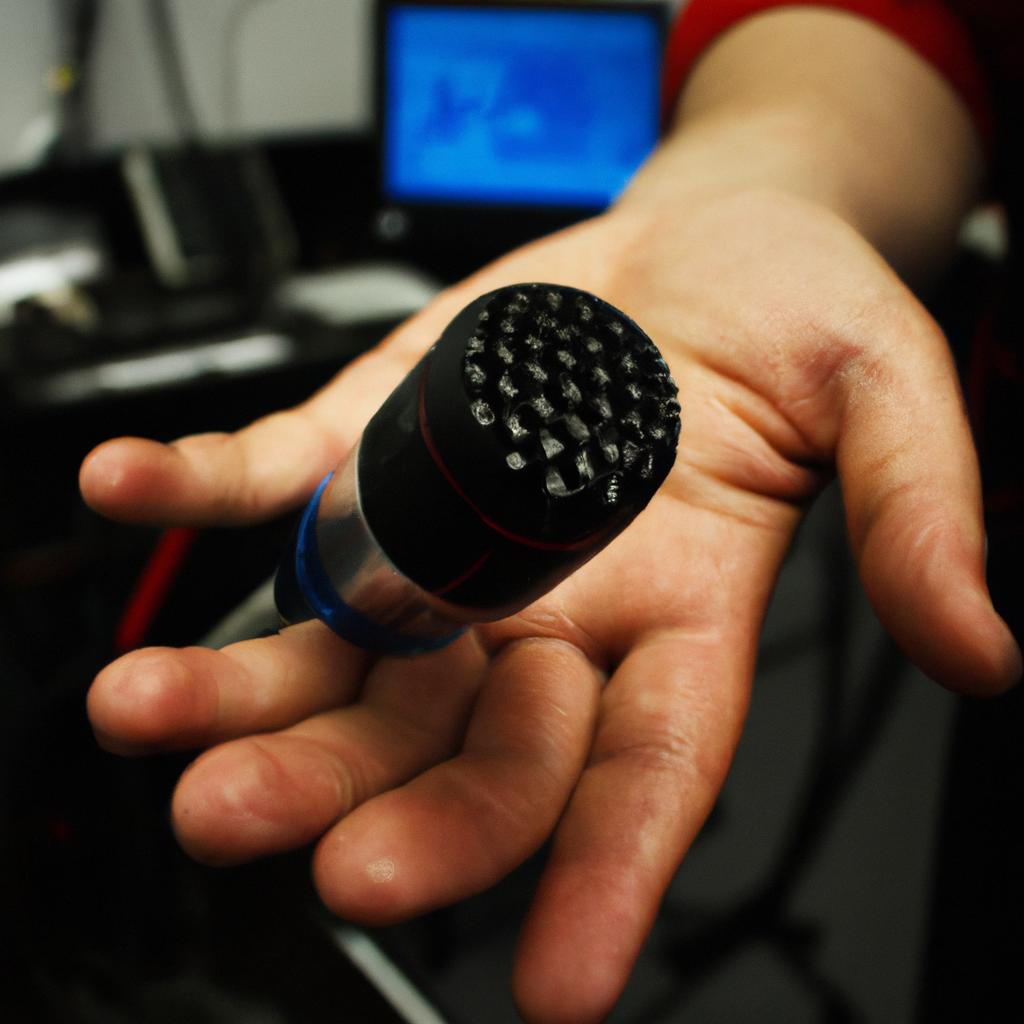Concert lighting is an integral component of live performances, enhancing both the auditory and visual aspects of a show. Through strategic illumination techniques and innovative technology, concert lighting plays a crucial role in creating memorable experiences for audiences worldwide. For instance, imagine attending a concert where the stage is bathed in vibrant hues that pulsate with the rhythm of the music, effectively immersing spectators into a captivating sensory journey. Such an example highlights how concert lighting not only complements the sound but also elevates it to new heights.
In recent years, advancements in lighting technology have revolutionized the way concerts are visually presented. With the advent of LED lights, intelligent fixtures, and intricate programming capabilities, lighting designers now have unprecedented control over their artistic vision. This newfound flexibility allows them to create dynamic effects that synchronize seamlessly with the music’s tempo and mood. By carefully manipulating colors, intensities, and movements, concert lighting professionals can evoke specific emotions within the audience while simultaneously accentuating key moments in a performance. Consequently, these cutting-edge tools empower performers to deliver impactful shows that transcend traditional boundaries between sight and sound.
The significance of concert lighting extends beyond mere aesthetics; it contributes significantly to the overall atmosphere and narrative conveyed during live performances. Whether it be through strategically placed spot lights that draw attention to a soloist, or dramatic washes of light that engulf the stage during an intense climax, concert lighting helps guide the audience’s focus and enhances their understanding of the performance. Lighting cues can be used to highlight specific elements or moments in a show, such as a dramatic pause or a sudden change in musical dynamics. These visual cues work in harmony with the music to create a cohesive and immersive experience for spectators.
Additionally, concert lighting can also serve practical purposes, such as illuminating backstage areas, ensuring performers’ safety on stage, and providing visibility for technical crew members. It plays a vital role in creating an efficient working environment behind the scenes, enabling seamless transitions between acts and smooth execution of complex production elements.
Overall, concert lighting is an art form in itself, requiring creativity, technical expertise, and meticulous planning. It is an essential component of live performances that adds depth and dimension to the auditory experience while captivating audiences with its visual spectacle. From intimate acoustic sets to grand arena shows, concert lighting continues to evolve alongside advancements in technology, pushing boundaries and enriching the live music experience for both performers and spectators alike.
The Importance of Concert LightingTypes of Concert Lighting EquipmentDesigning Concert LightingUsing Lighting to Create AtmosphereEnhancing Performances with Lighting EffectsConsiderations for Concert Lighting Professionals
Concert lighting plays a crucial role in enhancing the overall experience of live performances. By strategically using various types of lighting equipment, concert lighting professionals can create captivating visual displays that complement the music and engage the audience. This section will explore the importance of concert lighting, different types of equipment used, designing techniques, and how lighting effects contribute to the atmosphere and performance.
To illustrate the significance of concert lighting, let us consider a hypothetical example. Imagine attending a rock concert where dimly lit stage lights are replaced with vibrant colors synchronized with each song’s rhythm. As the tempo increases, so does the intensity of light, creating an immersive sensory experience for both performers and spectators.
One way concert lighting professionals achieve this is by utilizing a range of equipment specifically designed for live events. These include spotlights, moving heads, strobe lights, lasers, LED panels, and video walls. Each piece serves a unique purpose — spotlights highlight individual performers or instruments while moving heads provide dynamic movements across the stage.
When it comes to designing concert lighting setups, careful thought must be given to factors such as stage layout and performer requirements. Creating an effective design involves considering elements such as color temperature, beam angles, gobo projections (patterns), and special effects like fog machines or pyrotechnics. Moreover, concert lighting designers work closely with sound engineers to synchronize their efforts seamlessly.
Lighting effects play a significant role in elevating performances during concerts. Whether it’s emphasizing key moments through dramatic changes in illumination or using subtle shifts in color to evoke specific emotions in songs; these effects enhance the connection between musicians and attendees. Concert goers may find themselves entranced by flickering beams simulating fireflies on a summer night or moved by pulsating lights that mirror the pounding beat of electronic dance music.
In summary, concert lighting is an integral part of live performances that enhances both sound and vision. Through skillful use of various equipment options available today, concert lighting professionals can create stunning visual displays that captivate audiences. By designing lighting setups tailored to the stage layout and performers’ needs, they ensure a seamless integration of lights and music. Lighting effects further contribute to creating an immersive experience for concert goers, heightening their emotional connection with the performance.
-
- Creates captivating visual displays
- Enhances audience engagement
- Highlights key moments in performances
- Evokes emotions through lighting effects
| Equipment | Purpose | Example Usage |
|---|---|---|
| Spotlights | Highlight specific performers or areas | Solo guitar solos |
| Moving heads | Provide dynamic movements | Dance routines |
| Strobe lights | Create dramatic flashes | High-energy rock songs |
| LED panels | Display visuals | Concert backdrop designs |
Table: Examples of Concert Lighting Equipment

